
Article
HR4.0
Shaping People Strategies in the Fourth Industrial Revolution | World Economic Forum
World Economic Forum,
2019
Recommendation
As the Fourth Industrial Revolution ushers in dramatic changes to the roles of workers and organizations alike, human resources leaders are becoming central players in organizational transformation. In a helpful white paper, the World Economic Forum outlines practices for HR and other business leaders responding to technology-driven change. Relevant cases from companies around the globe illustrate the paper’s conclusions and recommendations.
Summary
About the Author
The World Economic Forum is an independent international organization committed to improving the state of the world by engaging business, political, academic, and other leaders of society to shape global, regional and industry agendas.








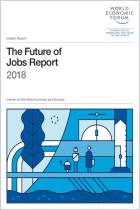
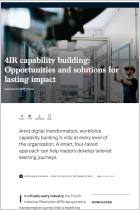
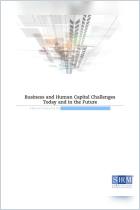
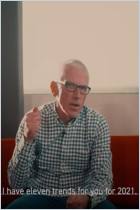
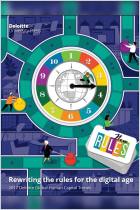
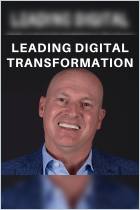


Comment on this summary